The harvest of the Antarctic greenhouse, the first voice of Mars immigrants, maybe we can realize it in the future?
Author:Astronomy online Time:2022.09.19
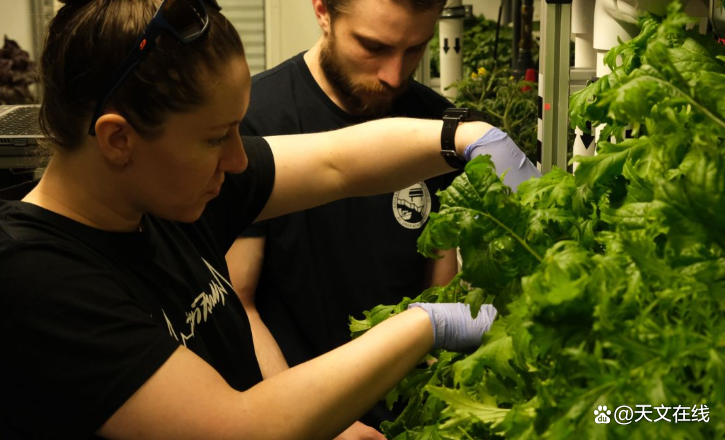
Illustration: NASA scientist Jess Bunchek picks vegetables in the "space greenhouse" in Antarctica. Picture source: original text.
A greenhouse based on Antarctica is studying and testing planting techniques to expect that one day can be applied to Mars immigration. The greenhouse successfully produced a large amount of vegetables and spices under the conditions without soil and natural light, bringing hope to the future space mission.
The greenhouse called "Eden ISS" is located on the Ekström ice rack on the east coast of Antarctica. The German Aerospace Center (German abbreviation is DLR) operation.
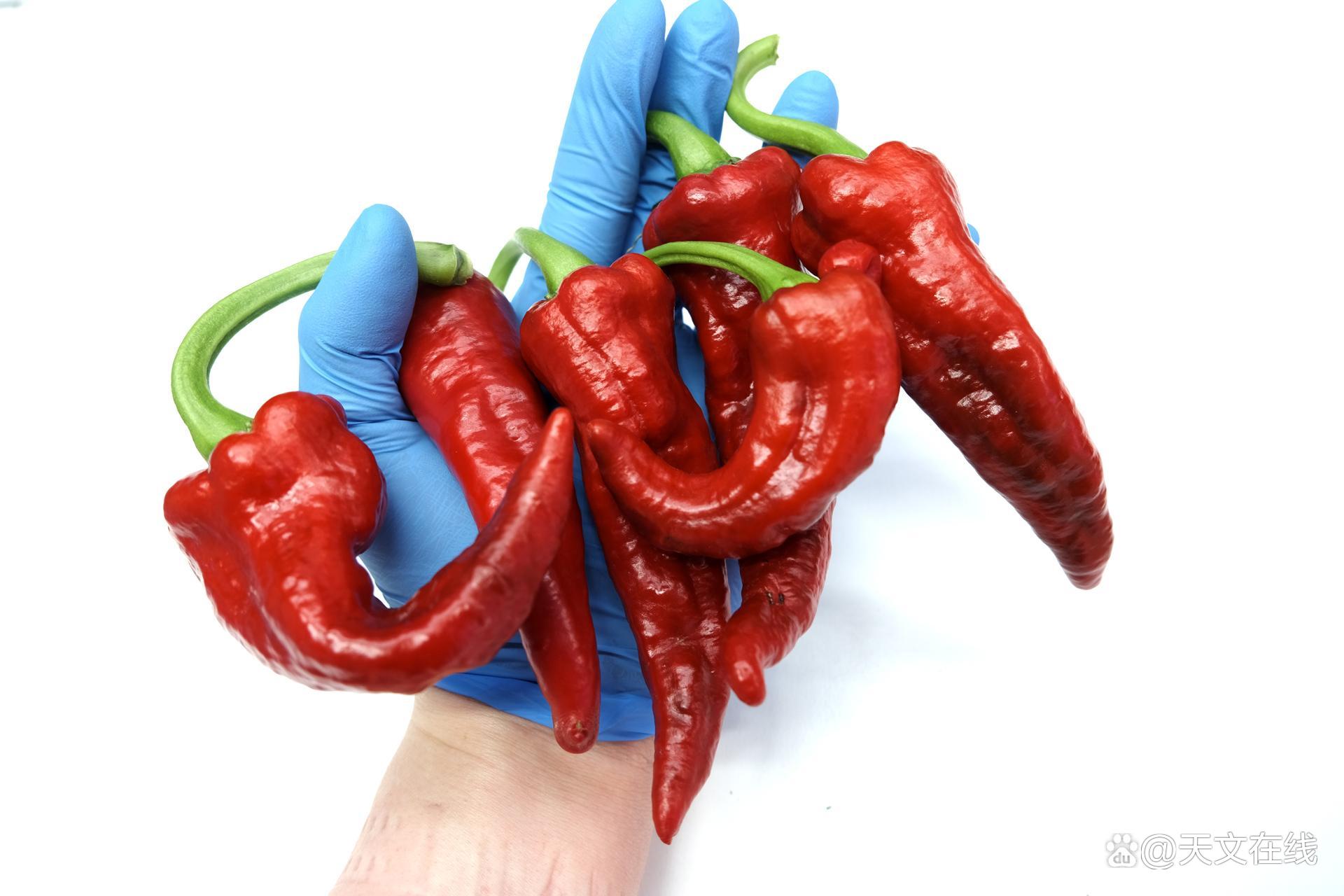
Illustration: "Eden Station" in Extreme Night. Picture source: DLR.
This year, NASA's scientist Jess Bangcker joined the ranks of the staff who passed this winter, and planted a series of vegetables in the fully automatic greenhouse within a few months, including broccoli, cauliflower, cabbage, beet, pepper, pepper, pepper , Tomatoes, cucumbers, and all kinds of lettuce and spices. These crops have greatly improved the diet of the staff, and rescued them from the monotonous long shelf -stage foods they originally relied on.

Illustration: The perilla leaves in the "Eden Station". Picture source: DLR.
Daniel Schubert, the person in charge of the project, said in a statement: "In the past winter mission of" Eden ", we have never been able to plant so many different varieties of vegetable crops."
The reason why the greenhouse can grow plants without soil is the technology that uses a technology called "qi cultivation method". These roots are suspended in the air. The light source of the greenhouse comes completely from artificial lighting, because the Antarctic has nine weeks of extreme nights, and there is no sunlight during the period.

Illustration: The interior scene of "Eden". Picture source: DLR.
Some plants planted by Bangcker have been planted at the International Space Station before. The scientist plans to compare the growth of these plants in the greenhouse of the "Eden" and the two -track space greenhouse (that is, Veggie and APH greenhouse, The Advanced Plant Habitat).
"So far, the growth of crops has made me relieved." Bangcker said in the statement, "'Eden Station' is unique and pioneering in this regard. Crop health conditions and production conditions, environmental microorganisms, crop microorganisms, food safety, nutrition, and a large amount of data of crew psychology, as well as data such as electricity, freshwater and personnel working hours. "

Illustration: peppers in "Eden". Picture source: DLR.
The benefits of research with green plants and obtaining fresh food on psychological health are also an important part of the experiment. Just like the astronauts on the International Space Station, these staff in Antarctica are completely isolated in a fairly harsh environment, and it is impossible to survive without advanced technology. However, injecting a little color in the daily life of the crew may help them maintain their spirit.
"We can now compare the psychological conditions of the astronauts who work in the two space greenhouses on the track of the two space greenhouses. Time is also long, so it is an excellent place to simulate the space environment. "
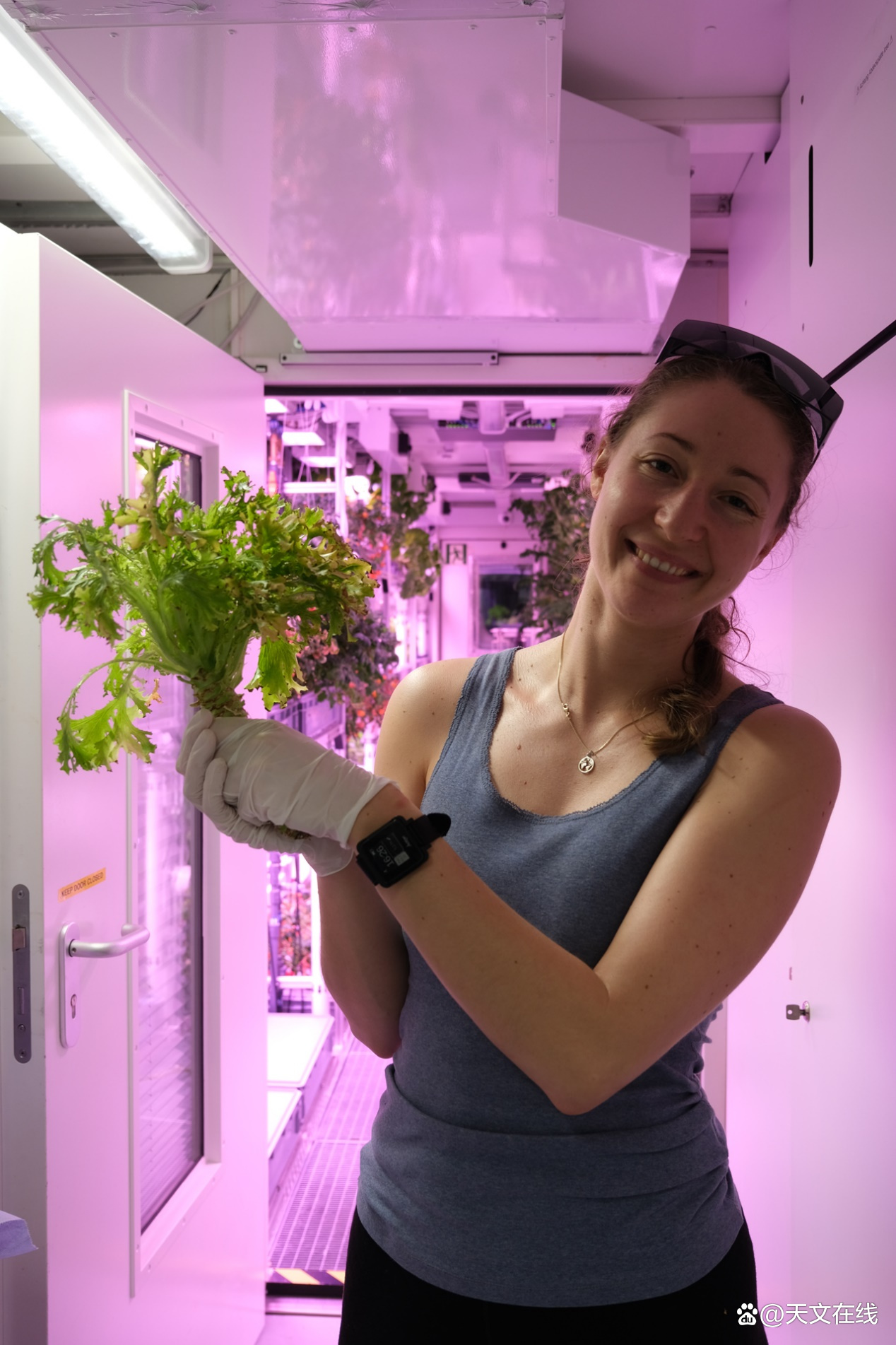
Illustration: Atmospheric chemist Linda Olt picks lettuce at "Eden". Picture source: DLR.
The distance between the greenhouse and the No. 3 station of Imier is 1300 feet (about 400 meters). When the polar storm attacked the area, the road from the scientific research station to the greenhouse became too dangerous, so the greenhouse must persist for several days without Bangcker's present. In these days, according to the needs of plant growth, the adjustment of the nutrition, temperature and humidity indoor in the greenhouse is used by a team in the DLR control center to use its central computer for remote control.
"Similar to conventional agricultural production, we must accept weather and climate is a decisive factors." Bangcker said, "But I come here to understand how we use technology to make crops grow under extreme conditions, regardless of whether we can grow up under extreme conditions, no matter whether it is Is it for the staff in the space station, or for people who need to face the changes in local climate. "
So far, Bangcker has stayed at the No. 3 station of Yimer for nearly a year, and it will set off in early 2022.
By: Tereza Pultarova
FY: Romantic School
If there is related content infringement, please contact the author to delete after the work is released
Reprinted, please obtain authorization, and pay attention to maintaining integrity and indicating the source
- END -
The National Security Agency did!Internet attack at the source of Chinese universities
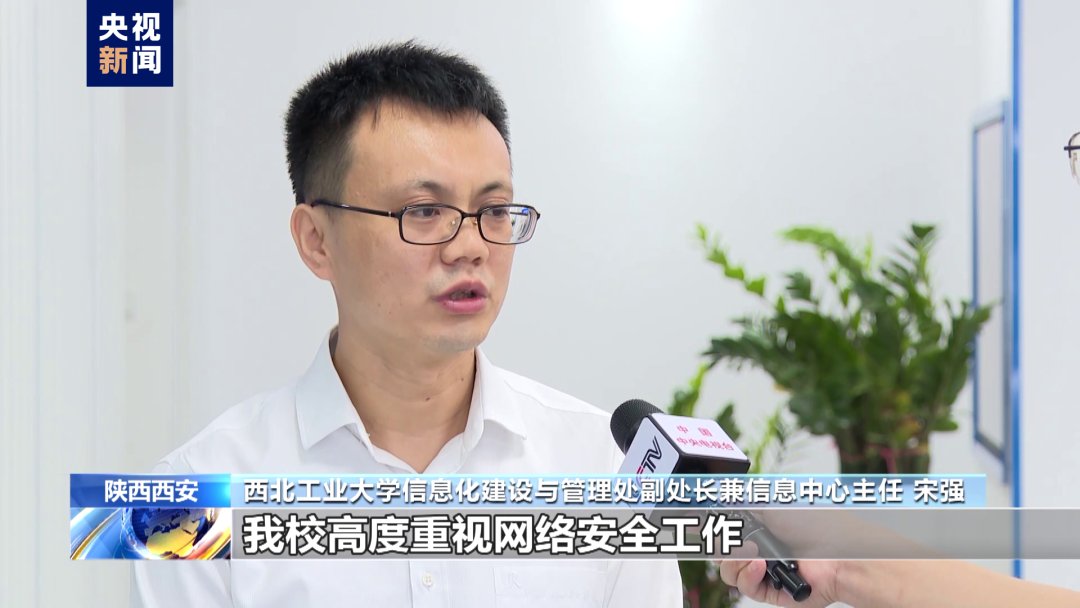
618 Battle Report 丨 Second -hand e -commerce company to B2C sales exceeded 218 million, the value of the idle economic supply chain appears
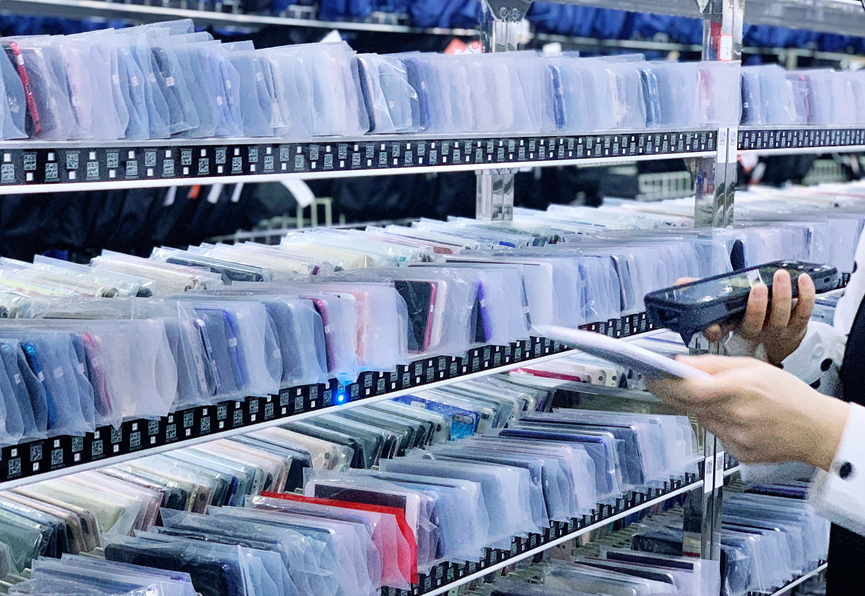
Cover Journalist Fu WenchaoOn June 19, the Second -hand E -commerce Platform Trans...